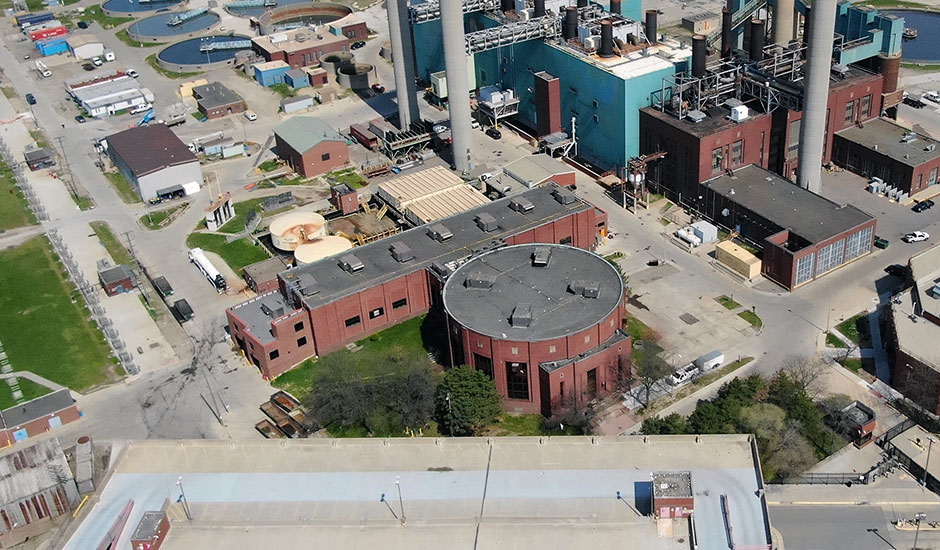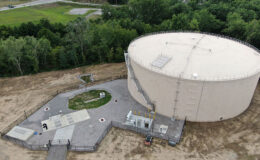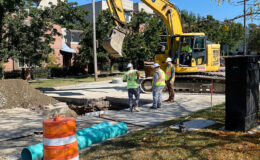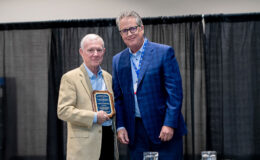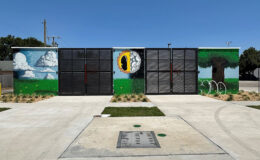To maintain aging infrastructure and minimize combined sewer overflows systemwide, the Great Lakes Water Authority (GLWA) is implementing an array of rehabilitation measures at its Pump Station 1 (PS-1) raw sewage pumping station in Detroit. Located on the Water Resource Recovery Facility (WRRF) campus, the PS-1 project includes rebuilding the pumping units; process piping, valve, and electrical/mechanical improvements; building modifications; and site upgrades. Leading a team of consultants, Wade Trim is tasked with preliminary engineering studies, design, construction administration, and start-up services.
Built in the 1940s, PS-1 has eight influent pumps and a wet weather design capacity of 1,444 million gallons per day. It is one of the largest pump stations of its kind in Michigan and receives regular renovation and maintenance, some of which Wade Trim has assisted with in the last 20 years. This current rehabilitation focuses on the facility’s pumps and motors to maintain reliable operations into the future.
Among multiple innovations involved in this new work was a full-facility inspection and 3D model capture, carried out by our Reality Capture Services team. Drones and mobile laser scanning technology were used to scan nearly every square foot of the pump station—inside and out—and the data was placed into an immersive, cloud-based platform to assist with design alternatives evaluation.
Another innovation included the development of a safe, efficient strategy to keep the facility in service while isolating and inspecting the underground wet well and pump intakes. New stainless-steel stop logs assembled in sections, an overhead monorail crane, temporary rigging, and operation controls were added to isolate the wet well. If a significant rain event occurs during inspection, the section of stop logs can be raised, allowing the wet well to be put back into service. This innovation was necessary to meet NPDES permit requirements for pumping capacity. The new approach is now the standard operating process that GLWA plans to use on future inspection and construction work at this facility.
Computational fluid dynamics (CFD) and physical modeling were used to evaluate the hydraulics of the existing wet well and recommend optimal improvements. A scale model of the wet well was created for alternatives testing. The construction phase of the project began in 2023 and is expected to last until 2030.

